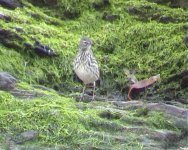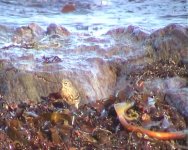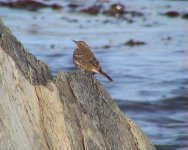Mike Pennington
Registered Member
CJW said:Excellent reply Mike. A lesser person would have lost their rag.
I still think field observations are going to be very important in the 'debate' and that Hell will freeze over before we get any useful ringing recovery data.
AFAIK it was ringing data (colour-ring sightings) that first proved that wintering birds in SE England (at least) were littoralis. Colour-ringing in the IoM might just reveal that the strange-looking birds disappear in summer but it would still prove something (in combination with field observations of course!).







